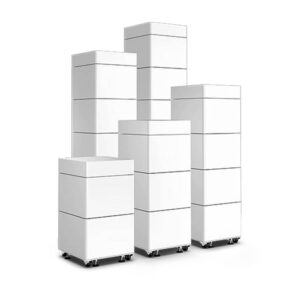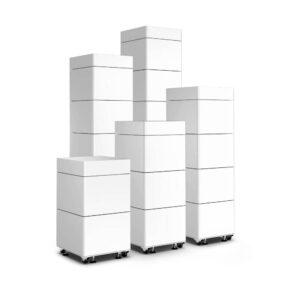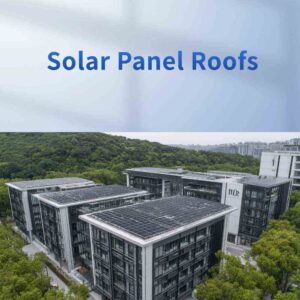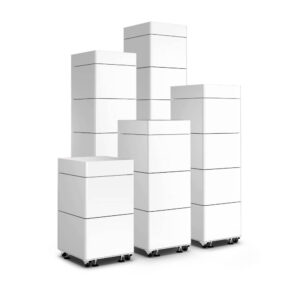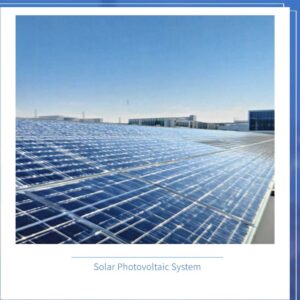You want the most efficient solar panels for your roof, right? Top choices include the Aiko NEOSTAR 3P54, Tiger Neo 3.0, and Maxeon 7, with ratings up to 25.9%.
- High-efficiency panels work best for homes with limited roof space.
- They produce more electricity in a smaller area.
- You get maximum power from fewer panels.
Key Takeaways
- Pick high-efficiency solar panels like Aiko NEOSTAR 3P54 or Maxeon 7. These give the most power if your roof space is small. – Think about how well the panels are put in, the weather, and where your roof faces. These things help your solar panels work well. – Find panels that do not lose power fast and have long warranties. This keeps your money safe and makes sure your panels last a long time.
Solar Panel Efficiency
What Is Efficiency
When you pick solar panels, you want to know how much sunlight becomes electricity. Efficiency tells you this. It shows how much sunlight the panel turns into power. Most panels today have about 22-24% efficiency. This means they use about a quarter of the sunlight for your home. The type of solar cell, how the cells are set up, and the panel’s size all matter. If you want the best system, you should look at these things.
Here’s a quick look at what affects efficiency:
| Factor | Description |
|---|---|
| Installation Quality | Bad installation can make panels work less well because of poor connections or problems with the frame. |
| Weather Conditions | Very bad weather can hurt panels and lower their efficiency, but panels are made to handle most weather. |
| Mounting Position | How the panels are placed changes how much sun they get, which changes how well they work. |
| Temperature | Hot days can make panels less efficient, since they work better when it is cooler. |
Measuring Efficiency
You might wonder how people check solar panel efficiency. They use a few ways to get the right numbers:
- Standard Test Conditions (STC) test panels in a lab.
- Nominal Operating Cell Temperature (NOCT) shows how panels do outside.
- Performance ratio metrics help adjust for weather and sunlight changes.
- Experts also check quantum efficiency, open-circuit voltage ratio, and fill factor to see how well a panel works.
Manufacturers use different rules. Polycrystalline panels usually have lower efficiency than monocrystalline panels. Heterojunction cells break records for silicon panels, often going over 20%. The Tier System helps you find the best companies who make the most efficient and trusted panels.
Most Efficient Panels
Most Efficient Models
If you want the most efficient solar panels for your roof, you have some great choices in 2024. These panels use the latest technology to give you more power from less space. You can see how they compare in the table below:
| Model | Efficiency | Power Rating | Warranty (30 years) | Manufacturer |
|---|---|---|---|---|
| Hi-MO X10 Scientist | 24.8% | 670W | 88.85% | LONGi |
| Tiger Neo 3.0 | 24.8% | 495W | 87.4% | JinkoSolar |
| Neostar 2N54 | 24.3% | 485W | 88.85% | AIKO |
| Maxeon 7 | 24.1% | 445W | 88.25% | SunPower |
You might also hear about the AIKO Neostar 3P54, which reaches up to 25.0% efficiency and 500W output. The Tiger Neo 3.0 and Hi-MO X10 Scientist both hit 24.8%. Maxeon 7DC offers 24.1%. These numbers show you which panels are the most efficient for your roof.
Some brands stand out for making the most efficient panels. You can trust names like Aiko Solar, JinkoSolar, LONGi, SunPower (Maxeon), Trina Solar, and Canadian Solar. They lead the market with high power ratings and strong warranties.
If you want something even more advanced, carbon nanotube dual-sided panels are changing the game. These panels can generate about 300 kWh per year, while regular silicon panels make around 260 kWh. The back side of a carbon nanotube panel produces almost as much power as the front—about 97%. Most bifacial panels only reach 75-95%. Plus, carbon nanotube panels cost much less to make, so you get more value.
Key Features
When you look for the most efficient solar panels, you should check out their special features. These features help you get more energy and save money over time.
- Bifacial Technology: Some panels, like bifacial and carbon nanotube models, use both sides to catch sunlight. You get up to 20% more power because they grab reflected light from your roof or the ground.
- Thin-film and Perovskite Cells: New materials like thin-film and perovskite cells make panels lighter and cheaper. They also help lower the cost of solar power for you.
- Solar Tracking: Some systems follow the sun during the day. This means your panels get more sunlight and can make up to 25% more energy than panels that stay in one spot.
- Low Degradation Rates: The most efficient panels lose less power each year. For example, SunPower Maxeon panels have a 0.2% annual degradation rate. That means your panels keep working well for decades. Standard panels lose about 0.5% per year, so they don’t last as long.
- Long Warranties: High-efficiency panels often come with warranties up to 40 years. Most average panels only offer 10 to 25 years. You get peace of mind knowing your investment is protected.
Here’s a quick look at how warranties and degradation rates compare:
| Brand | Degradation Rate | Product Warranty (Years) | Performance Warranty (Years) |
|---|---|---|---|
| Sunpower Maxeon | 0.2% | 25-40 | 25-30 |
| Panasonic | 0.25% | 25 | 25-30 |
| REC | 0.25% | 25 | 25-30 |
| LG Solar | 0.3% | 25 | 25-30 |
| Hanwha Q CELLS | 0.4% | 10-25 | 25 |
Tip: If you want your solar panels to last longer and keep making power, choose panels with the lowest degradation rate and the longest warranty.
You can also look at brands like Hyundai Solar and QCells. Hyundai Solar panels reach 22.28% efficiency and offer bifacial cells with a 25-year warranty. QCells panels use N-type Q.ANTUM technology and work well in tough weather.
If you want the most efficient system for your roof, focus on these features. You get more power, better value, and longer-lasting panels. The most efficient panels help you make the most of your roof space and save money for years.
Choosing Panels
Roof and Climate
Your roof and local climate play a big part in how well your solar panels work. You want to get the most from your system, so start by looking at your roof’s size, shape, and direction. South-facing roofs usually give you the best sunlight. The tilt of your roof matters, too. If you match the tilt to your location’s latitude, you can catch more sun all year.
- South-facing roofs get the most sunlight.
- Roof tilt should match your latitude for best results.
- Changing the tilt during the year can help you keep high efficiency.
Climate also affects how much power you get. Check out this table to see what matters most:
| Climate Factor | Impact on Performance |
|---|---|
| Solar Irradiance | More sunlight means more electricity. |
| Ambient Temperature | Hot days can lower efficiency by 0.03–0.05% for every 1°C increase. |
| Cloud Cover | Clouds reduce power, but panels still work. |
| Dust and Dirt Accumulation | Dirty panels can lose up to 20% efficiency in just 45 days. |
| Humidity | Lower humidity can boost efficiency by over 2%. |
| Air Quality | Pollution blocks sunlight and lowers output, especially in cities. |
Cost and Warranty
You want to know what you’ll pay and how long your panels will last. Prices for solar panels have dropped a lot. Most homeowners spend between $15,000 and $25,000 for high-efficiency panels in 2024. For a 6kW system, you might pay about $18,500. If you look at cost per square foot, expect $4 to $10.
Warranties matter, too. They protect your investment and can even add value if you sell your home. Here’s how top brands compare:
| Manufacturer | Product Warranty | Performance Warranty | Degradation Rate | Transferability |
|---|---|---|---|---|
| Panasonic | 25 years | 25 years | 0.25%-0.50% | Fully transferable |
| Silfab Solar | 25 years | 30 years | 0.5% | Limited transfer |
| REC Group | 20 years | 25 years | 0.25% | Fully transferable |
Tip: Longer warranties and lower degradation rates mean your panels will last longer and keep making power.
Installation
Getting the most efficient panels means thinking about your roof’s strength and layout. You need to make sure your roof can hold the panels and handle wind. A pro should check your roof before you start. Watch out for things that cast shadows, like trees or chimneys. Even a little shade can cut your power a lot.
- Check your roof’s strength and age.
- Look for anything that might shade your panels.
- Work with a solar installer to find the best spot and angle.
If you match your panel choice to your roof, climate, and budget, you’ll get the best results for your home.
Pros and Cons
Benefits
When you pick the most efficient solar panels for your roof, you get many good things. Here’s a simple list of what you gain:
| Benefit | Description |
|---|---|
| Reduced Electricity Bills | Solar panels use sunlight, which is free, so your monthly bills go down a lot. |
| Long-term Investment | The money you save on bills can pay for the panels, usually in 5 to 10 years. |
| Increased Property Value | Homes that save energy are more attractive to buyers, so your house is worth more. |
| Environmental Impact | Using solar helps lower greenhouse gases and helps the planet. |
| Energy Independence | Making your own power means you don’t have to depend on the utility company, and you avoid price increases. |
You also help the earth by making your carbon footprint smaller. Solar panels make clean energy, so you use less dirty power. High-efficiency panels with 24% or higher ratings give you more energy from the same sunlight. This means you get more power even if your roof is small or has shade.
If you invest in solar roofing, you control your energy. You don’t have to worry as much about higher utility bills and you help the environment.
Drawbacks
Solar panels have lots of benefits, but there are some downsides too:
- High upfront costs: You pay a lot at first for panels, installation, and equipment like inverters or batteries.
- Weather dependence: Cloudy days or winter can make your panels produce less energy.
- Space requirements: If your roof is small or has lots of shade, you can’t put up as many panels.
- Maintenance and repairs: You need to clean the panels sometimes and check for problems. Inverters and batteries might need to be replaced.
- Long payback period: It can take years to get your money back from energy savings.
High-efficiency panels cost more than regular ones, but they usually pay for themselves faster—often in 5 to 10 years—because you save more on energy.
Maximizing Efficiency
Placement Tips
You want your solar panels to soak up as much sunlight as possible. Here’s how you can get the best results:
- Place panels on the side of your roof that gets the most sun. In the northern hemisphere, this usually means the south-facing side.
- Match the tilt of your panels to your latitude. This helps your panels catch more sunlight all year.
- Check for anything that might block the sun, like trees, chimneys, or nearby buildings. Even a little shade can lower your energy output.
- Use adjustable mounts if you can. These let you change the angle of your panels with the seasons.
- Make sure your roof has good insulation and ventilation. This keeps your panels cooler and working better.
Tip: The right placement and angle can boost your solar panel efficiency by up to 35%! 🌞
Maintenance
Keeping your panels clean and in good shape makes a big difference. Dust, leaves, and bird droppings can block sunlight and cut down on power. You should:
- Clean your panels regularly with water and a soft brush.
- Check for dirt or debris after storms or windy days.
- Look for cracks or damage and fix them quickly.
When you take care of your panels, you get more energy and save more money over time.
System Optimization
You can make your solar system even better with a few smart upgrades. Here’s a quick look at some top techniques:
| Technique | What It Does | Efficiency Boost |
|---|---|---|
| Solar Tracking | Follows the sun for more sunlight | 25-40% |
| Bifacial Panels | Uses both sides to catch extra light | High |
| Tandem Solar Cells | Layers materials for higher efficiency | Over 30% |
| Bypass Diodes & MLPEs | Reduces shading problems | Better performance |
You can also use smart tech like AI to predict your energy needs and balance how much power you use. These upgrades help you get the most from your solar panels every day.
You want the most efficient solar panels for your roof. Top models like TOPHiKu6 All-Black and HiMo5 reach up to 22% efficiency, while premium options go even higher. When you choose, look for high efficiency, strong warranties, and a solid roof. Talk to a pro for the best results.
FAQ
What makes a solar panel “high efficiency”?
High-efficiency panels turn more sunlight into electricity. You get more power from less space. These panels use better materials and new technology.
Do high-efficiency panels work in cloudy weather?
Yes! You still get power on cloudy days. The panels just make less electricity. You can count on them to work in most weather.
How long do efficient solar panels last?
- Most high-efficiency panels last 25 to 40 years.
- You get a long warranty, so your panels keep working for decades.

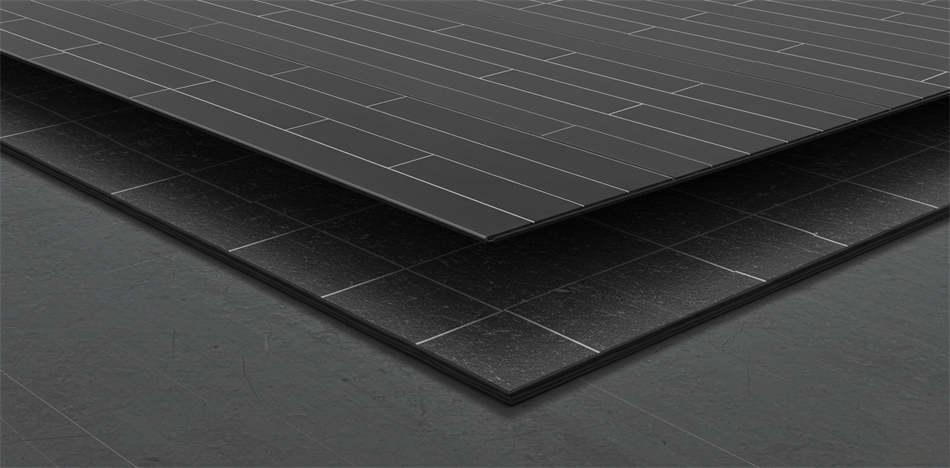
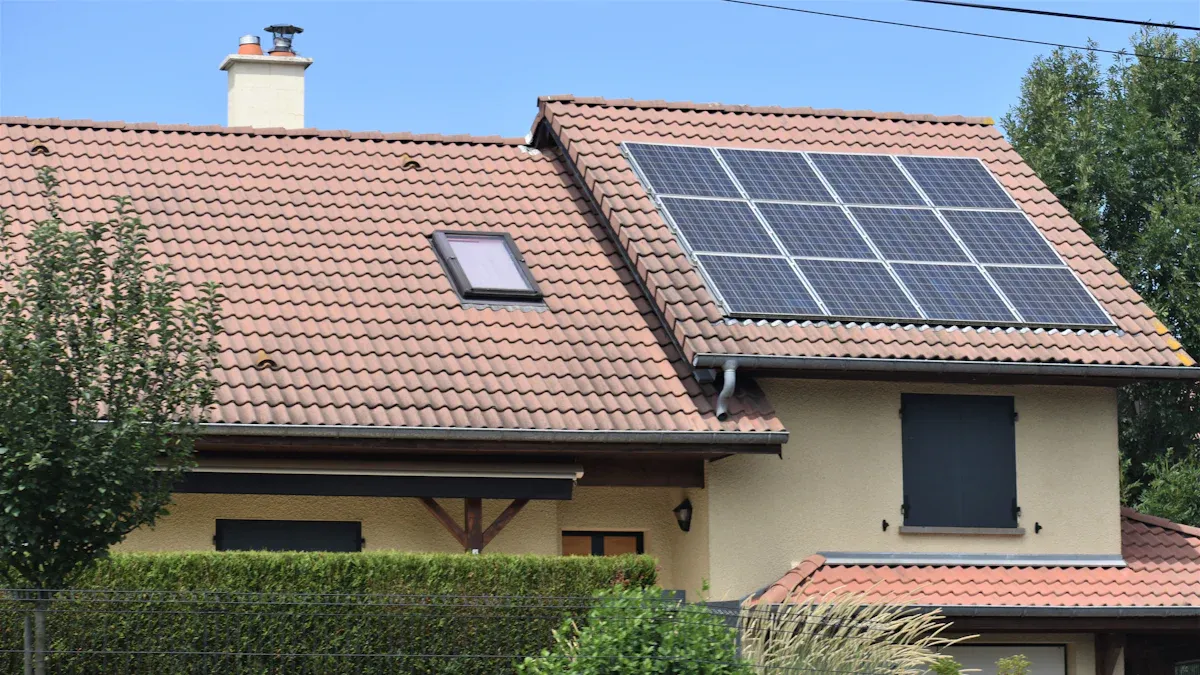
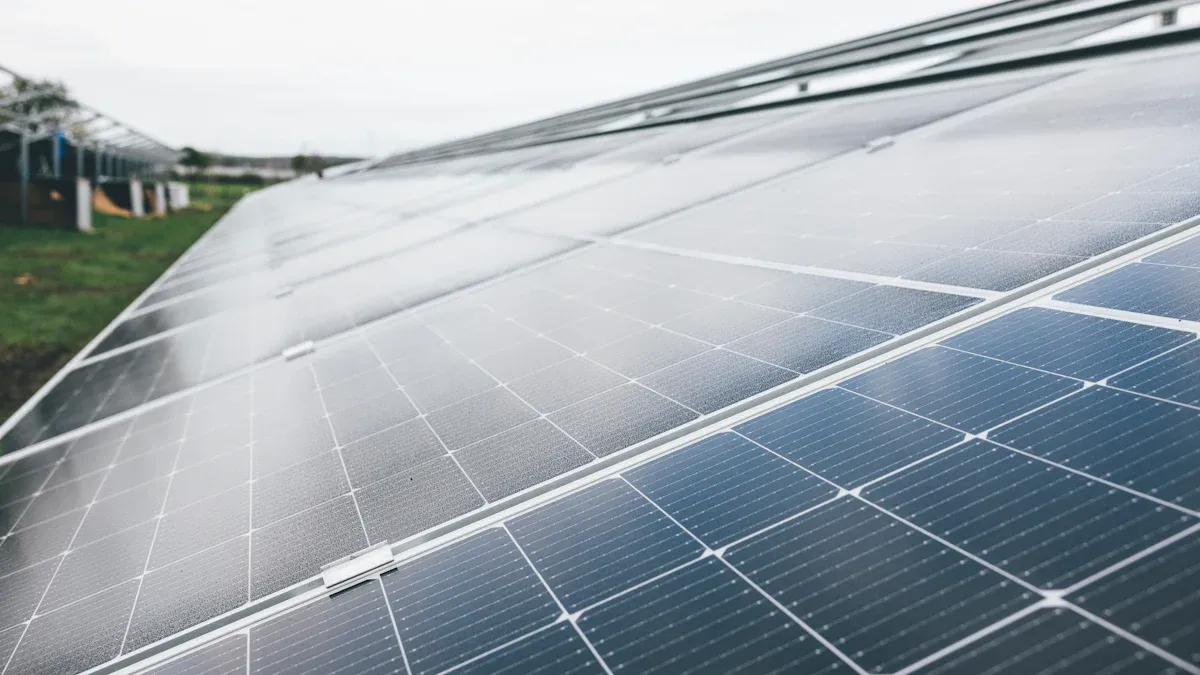
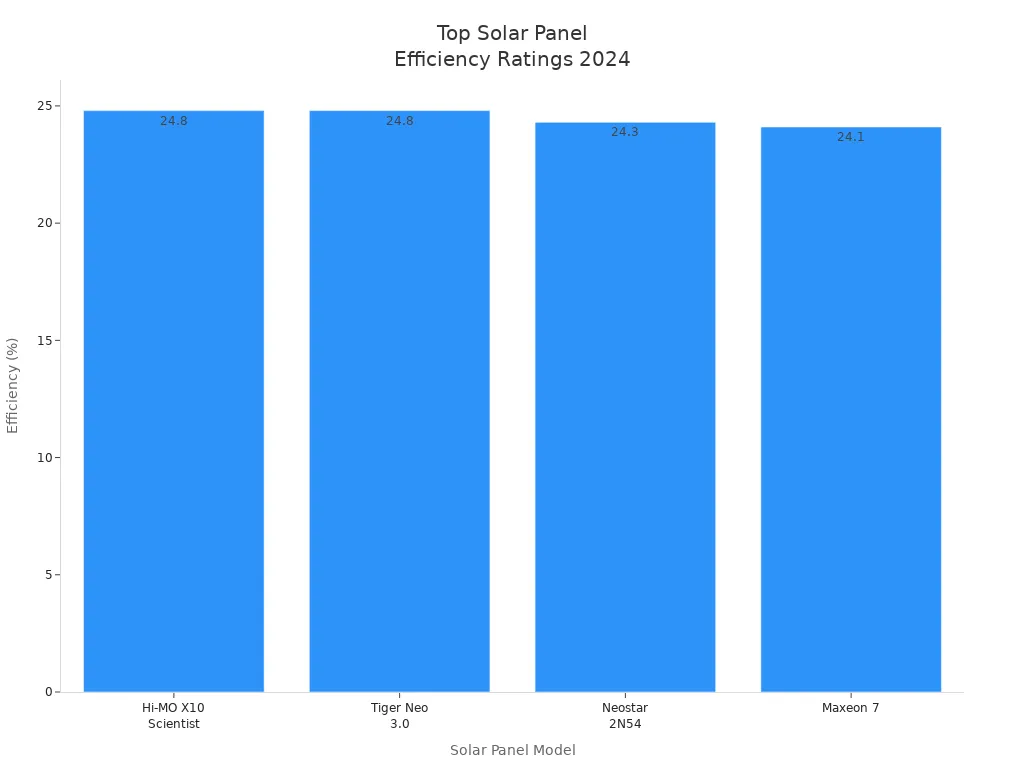
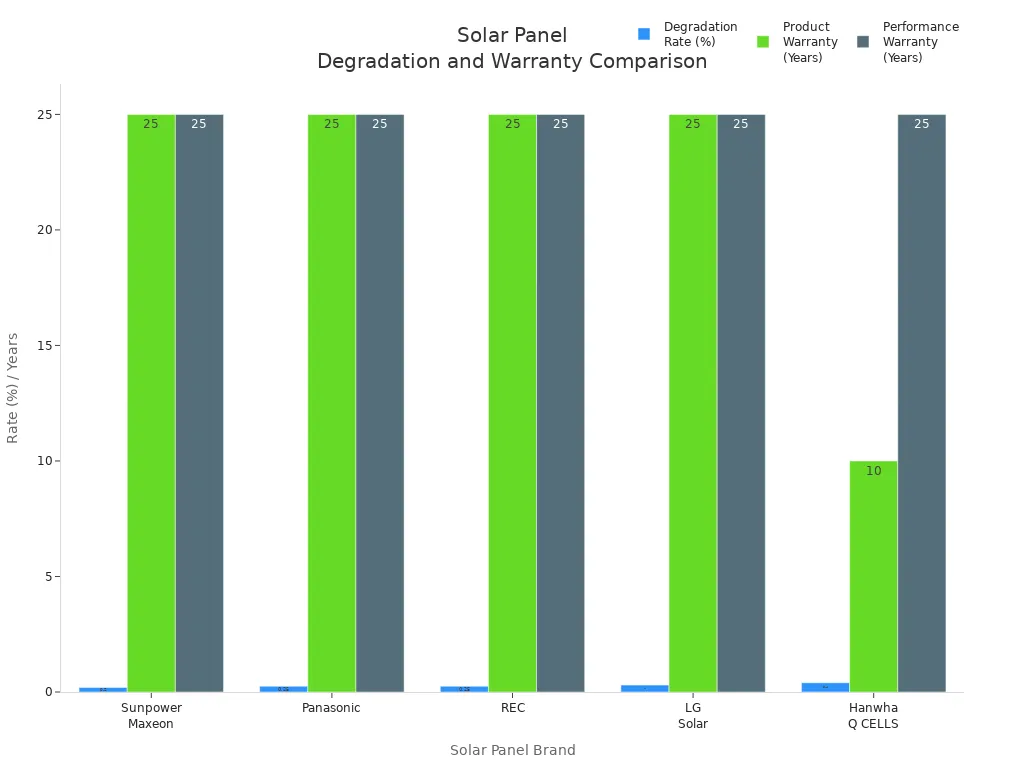
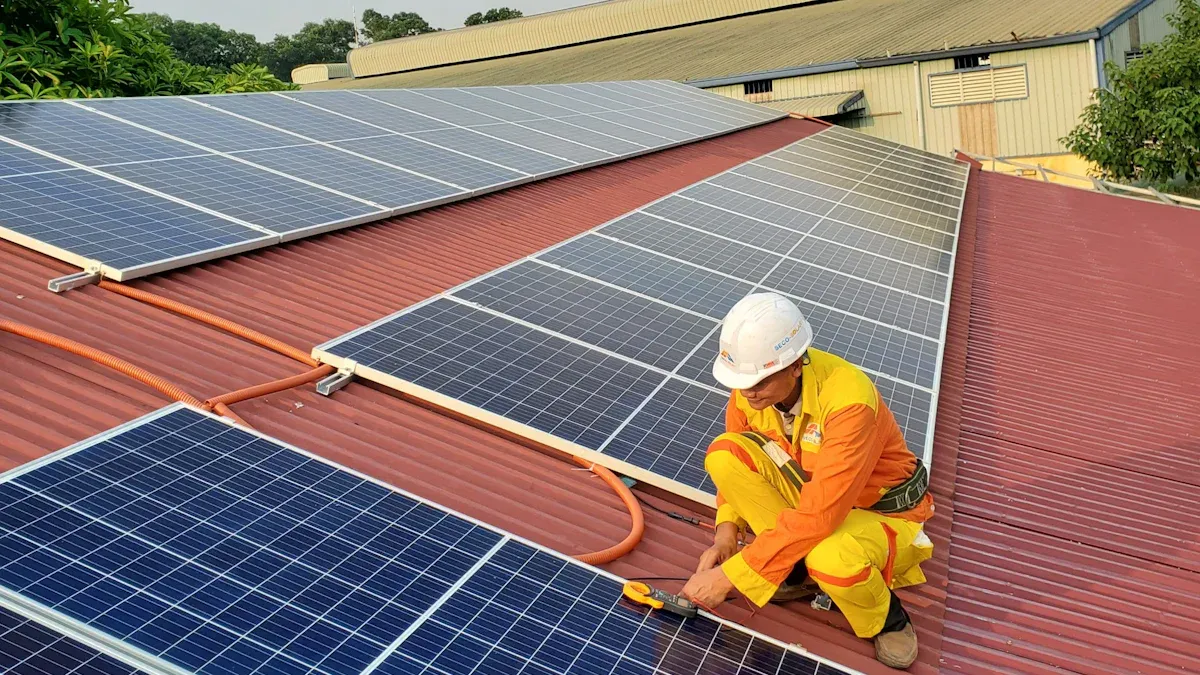

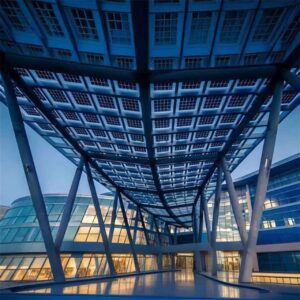
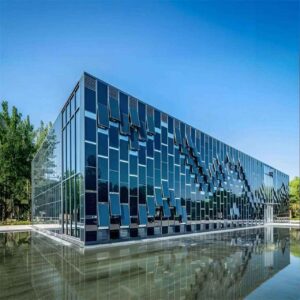
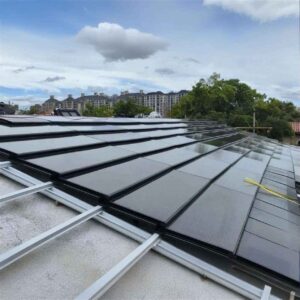
-300x300.jpg)
-300x300.jpg)
